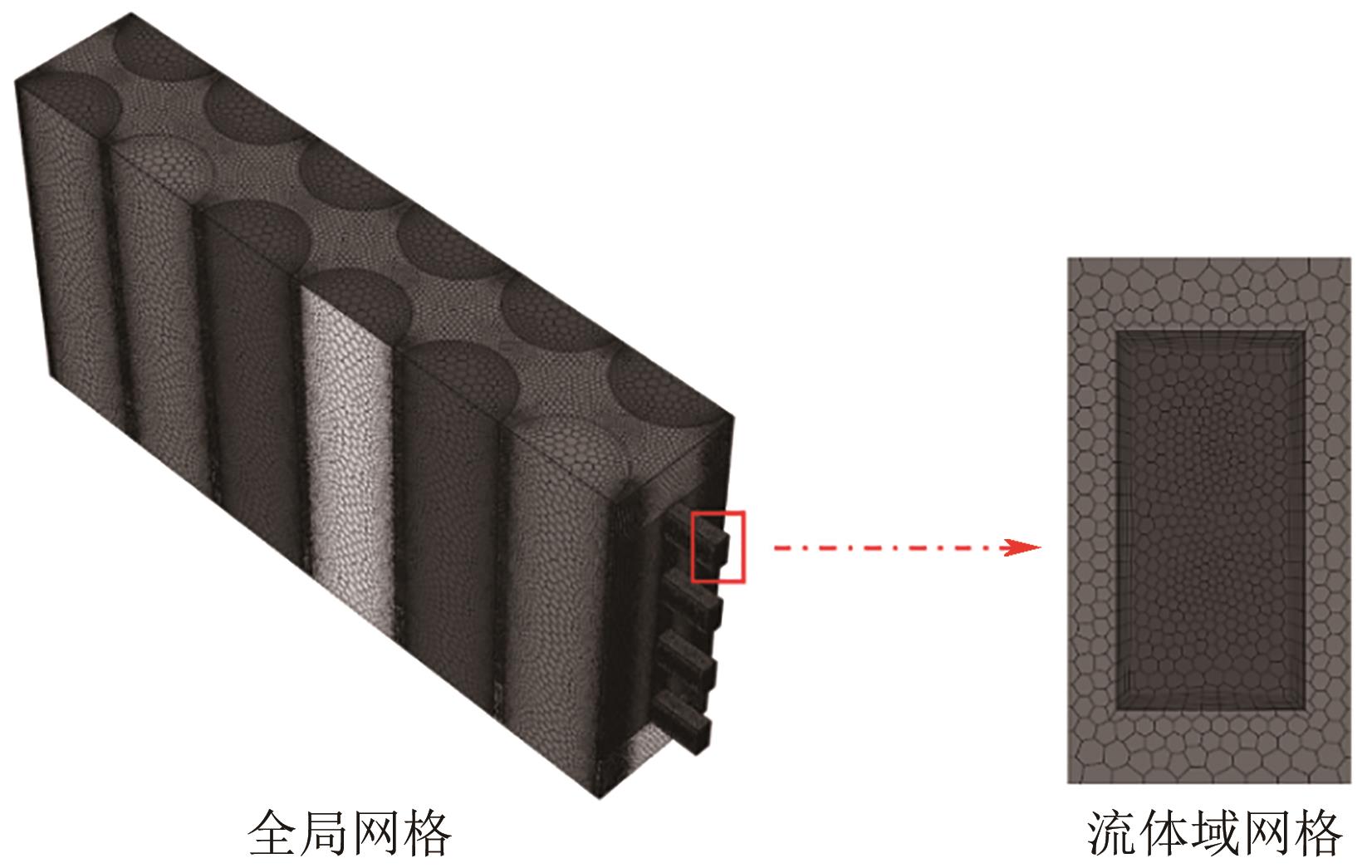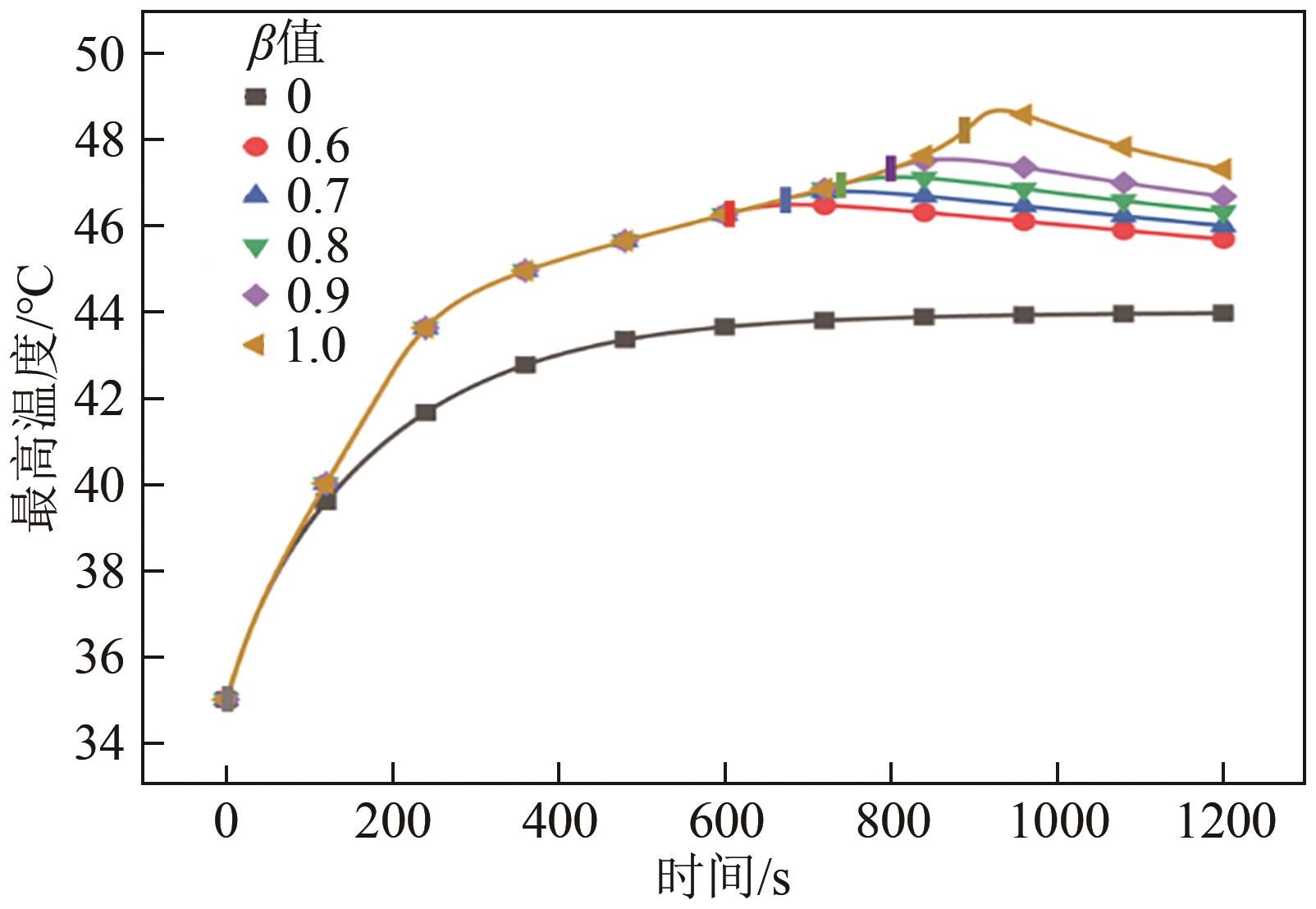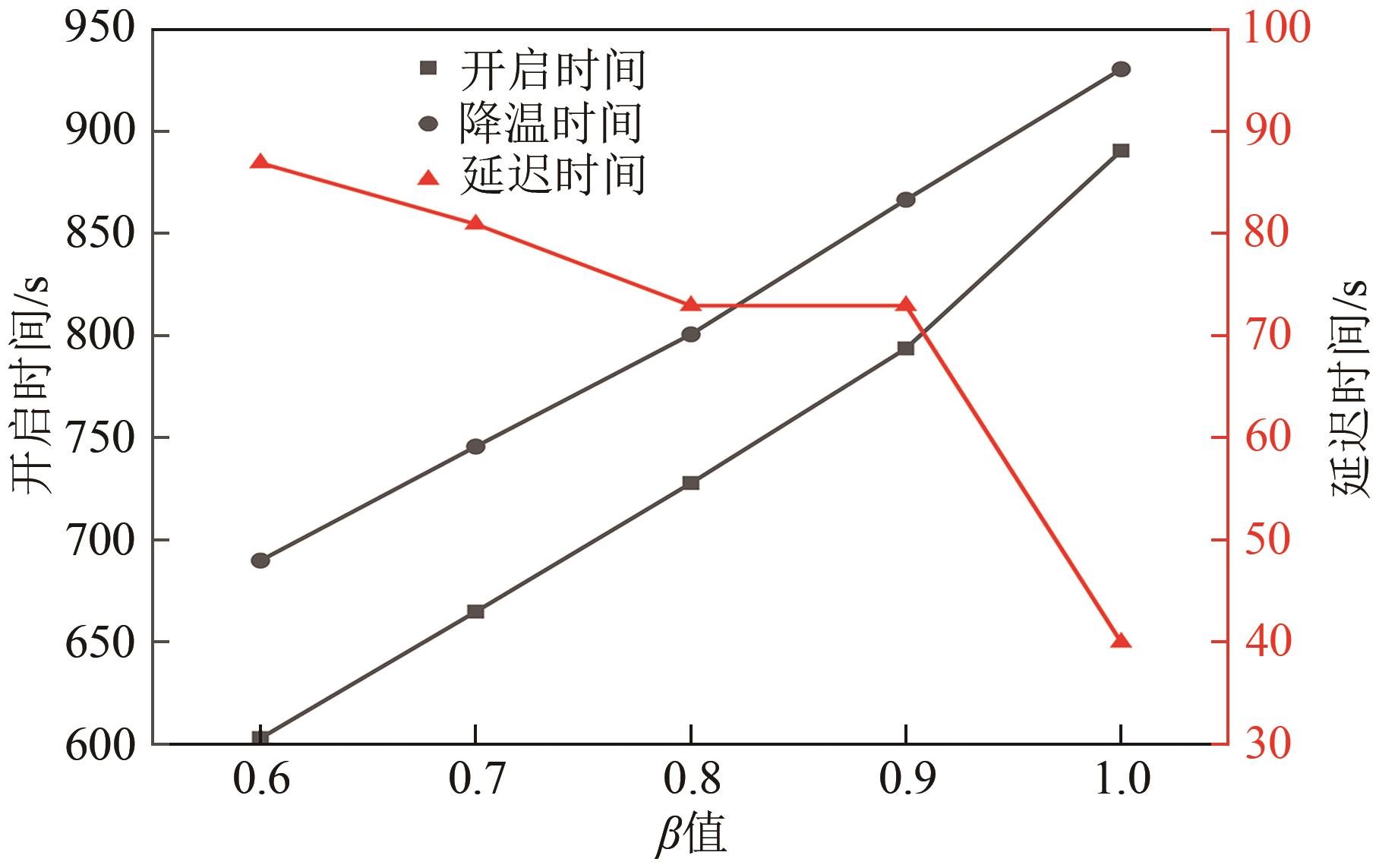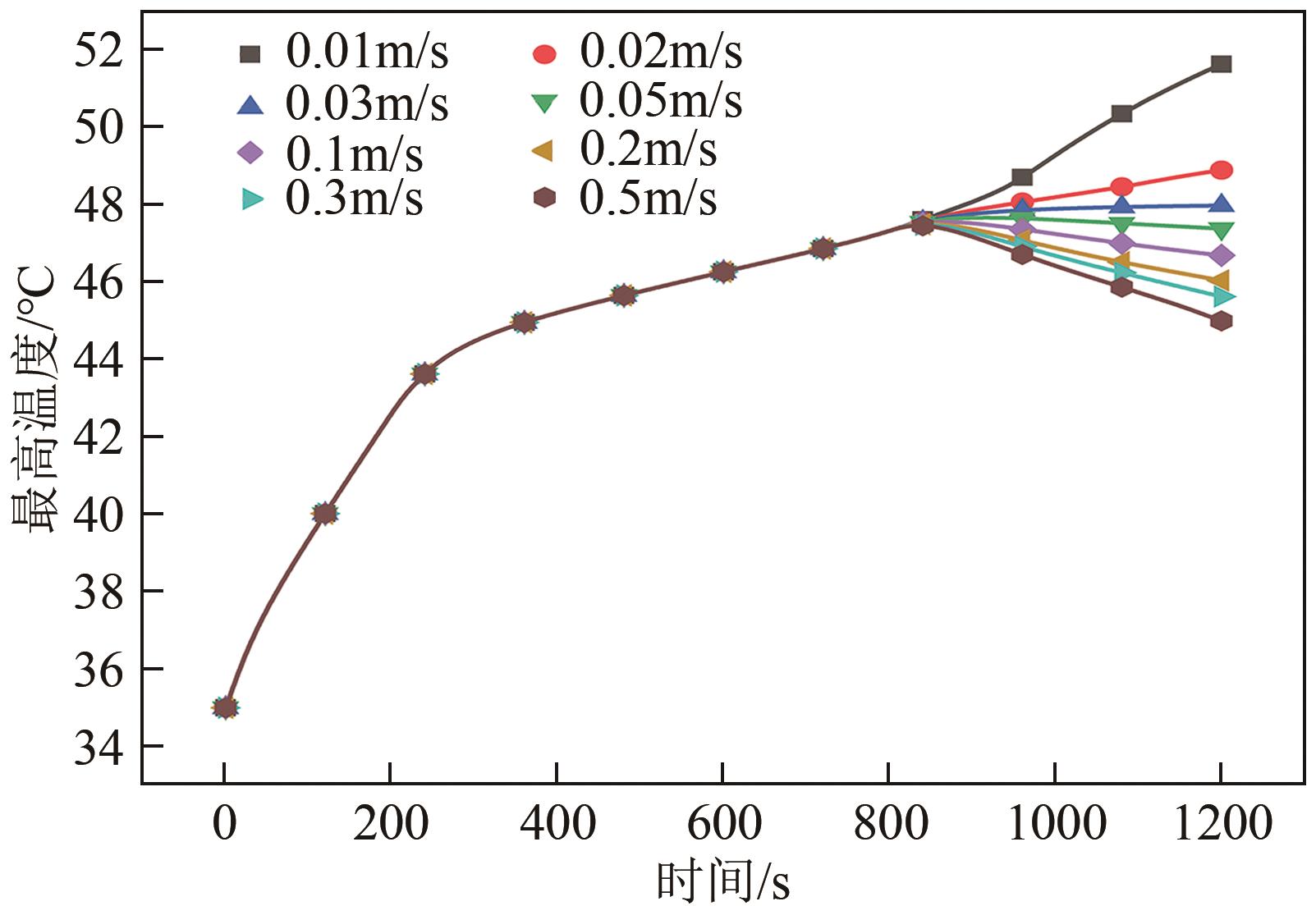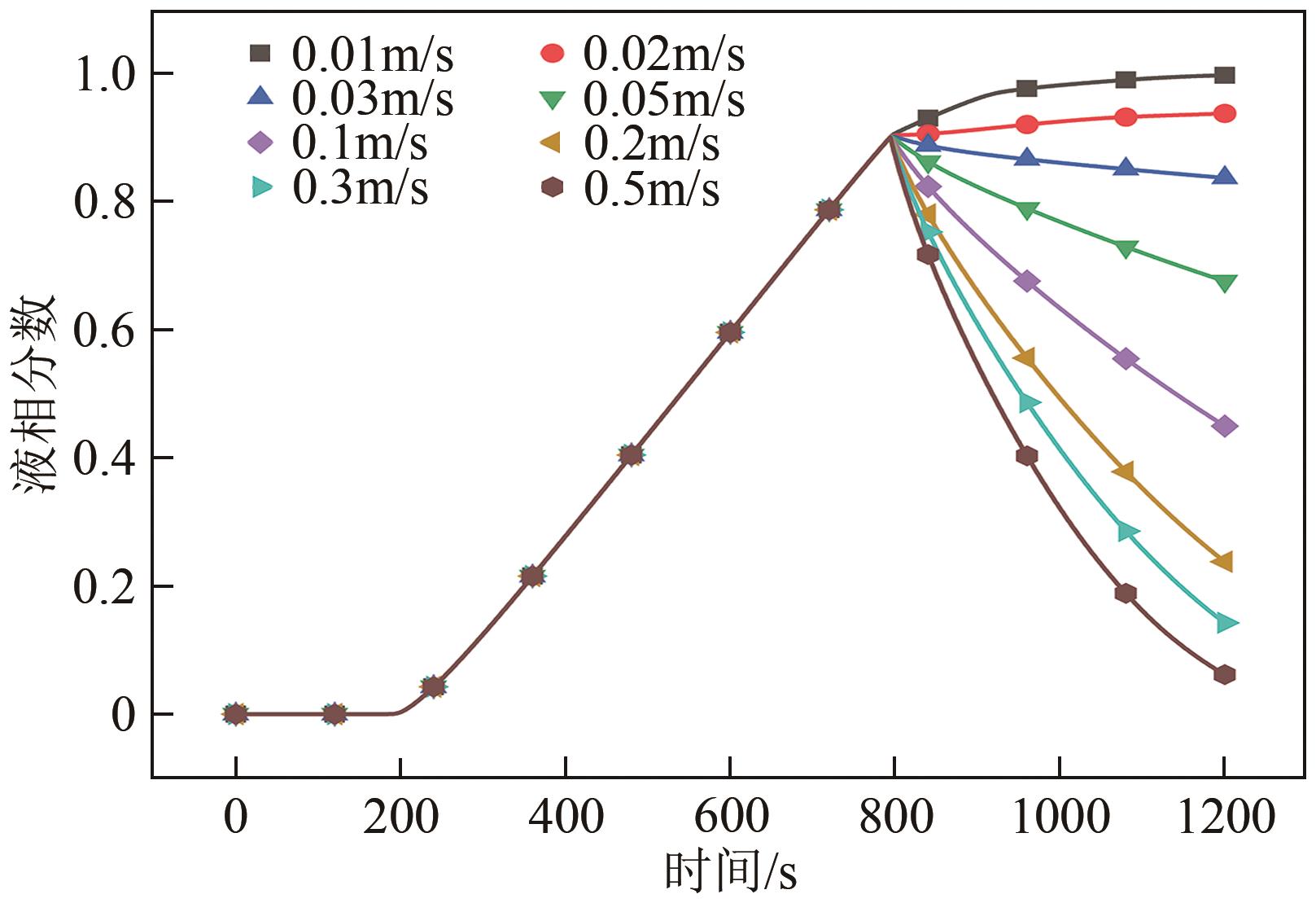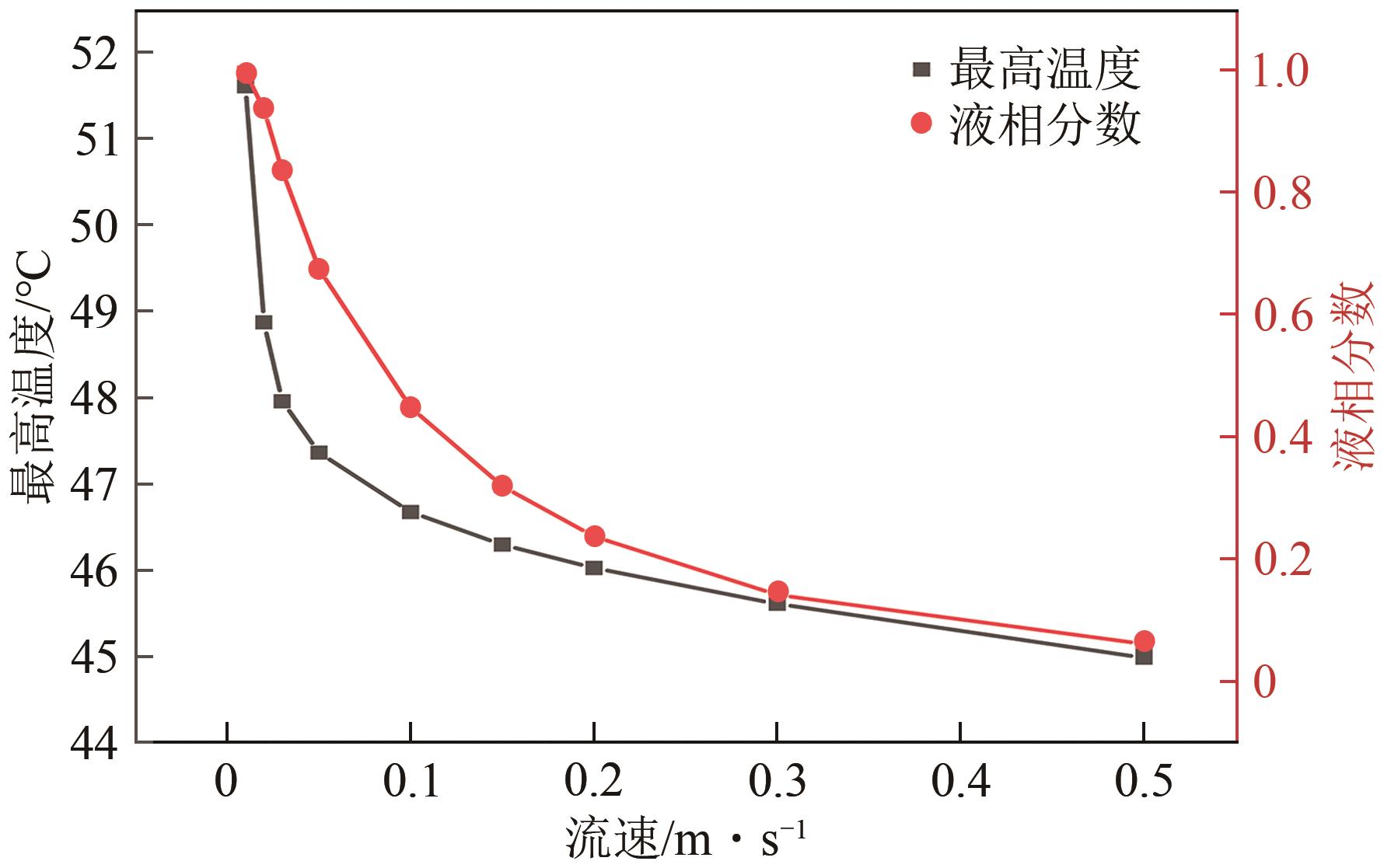| 1 |
JOUHARA H, KHORDEHGAH N, SEREY N, et al. Applications and thermal management of rechargeable batteries for industrial applications[J]. Energy, 2019, 170: 849-861.
|
| 2 |
陈萌, 李静静. 脉动热管用于电动汽车锂电池散热性能试验[J]. 化工进展, 2021, 40(6): 3163-3171.
|
|
CHEN Meng, LI Jingjing. Experiment on heat dissipation performance of electric vehicle lithium battery based on pulsating heat pipe[J]. Chemical Industry and Engineering Progress, 2021, 40(6): 3163-3171.
|
| 3 |
LUO Jie, ZOU Deqiu, WANG Yinshuang, et al. Battery thermal management systems (BTMs) based on phase change material (PCM): A comprehensive review[J]. Chemical Engineering Journal, 2022, 430: 132741.
|
| 4 |
GALAZUTDINOVA Y, USHAK S, FARID M, et al. Development of the inorganic composite phase change materials for passive thermal management of Li-ion batteries: Application[J]. Journal of Power Sources, 2021, 491: 229624.
|
| 5 |
ZHOU Dequan, LUO Yunjun, BI Chunxue, et al. Experimental and simulative investigation on battery thermal management system with structural optimization of composite phase change material[J]. Journal of Energy Storage, 2023, 60: 106613.
|
| 6 |
罗明昀, 凌子夜, 方晓明, 等. 基于相变储热技术的电池热管理系统研究进展[J]. 化工进展, 2022, 41(3): 1594-1607.
|
|
LUO Mingyun, LING Ziye, FANG Xiaoming, et al. Research progress of battery thermal management system based on phase change heat storage technology[J]. Chemical Industry and Engineering Progress, 2022, 41(3): 1594-1607.
|
| 7 |
XIN Qianqian, XIAO Jinsheng, YANG Tianqi, et al. Thermal management of lithium-ion batteries under high ambient temperature and rapid discharging using composite PCM and liquid cooling[J]. Applied Thermal Engineering, 2022, 210: 118230.
|
| 8 |
HEKMAT S, MOLAEIMANESH G R. Hybrid thermal management of a Li-ion battery module with phase change material and cooling water pipes: An experimental investigation[J]. Applied Thermal Engineering, 2020, 166: 114759.
|
| 9 |
AHMAD S, LIU Yanhui, KHAN S ALI, et al. Hybrid battery thermal management by coupling fin intensified phase change material with air cooling[J]. Journal of Energy Storage, 2023, 64: 107167.
|
| 10 |
LING Ziye, CAO Jiahao, ZHANG Wenbo, et al. Compact liquid cooling strategy with phase change materials for Li-ion batteries optimized using response surface methodology[J]. Applied Energy, 2018, 228: 777-788.
|
| 11 |
WANG Yonghao, GAO Tieyu, ZHOU Liang, et al. A parametric study of a hybrid battery thermal management system that couples PCM with wavy microchannel cold plate[J]. Applied Thermal Engineering, 2023, 219: 119625.
|
| 12 |
ZHENG Yiran, SHI Yu, HUANG Yunhui. Optimisation with adiabatic interlayers for liquid-dominated cooling system on fast charging battery packs[J]. Applied Thermal Engineering, 2019, 147: 636-646.
|
| 13 |
KONG Depeng, PENG Rongqi, PING Ping, et al. A novel battery thermal management system coupling with PCM and optimized controllable liquid cooling for different ambient temperatures[J]. Energy Conversion and Management, 2020, 204: 112280.
|
| 14 |
刘业凤, 郑鹏飞, 言锦嘉, 等. 基于复合相变材料的电池组散热性能分析[J]. 电源技术, 2019, 43(11): 1792-1795.
|
|
LIU Yefeng, ZHENG Pengfei, YAN Jinjia, et al. Analysis of heat dissipation performance of battery pack based on composite phase change material[J]. Chinese Journal of Power Sources, 2019, 43(11): 1792-1795.
|
| 15 |
LING Ziye, CHEN Jiajie, XU Tao, et al. Thermal conductivity of an organic phase change material/expanded graphite composite across the phase change temperature range and a novel thermal conductivity model[J]. Energy Conversion and Management, 2015, 102: 202-208.
|
| 16 |
BERNARDI D, PAWLIKOWSKI E, NEWMAN J. A general energy balance for battery systems[J]. Journal of the Electrochemical Society, 1985, 132(1): 5-12.
|
| 17 |
AL-HALLAJ S, SELMAN J R. Thermal modeling of secondary lithium batteries for electric vehicle/hybrid electric vehicle applications[J]. Journal of Power Sources, 2002, 110(2): 341-348.
|




